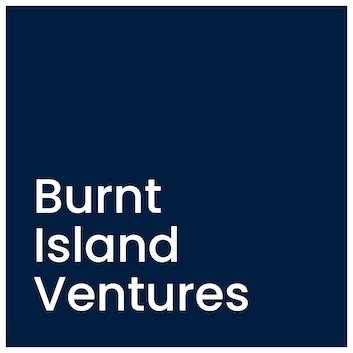Why we invested in LAIIER
Building managers have a tough job. They are constantly battling water leak and quality issues, air and disease management, aging fixtures, and daily physical wear and tear. They need the right tools to measure, monitor, and manage their buildings. LAIIER (lay-er - you’ll get it) has surfaced as a powerful tool new tool in their arsenal.
Emerging from over a decade of product and market development, LAIIER can become the interior skin layer of any building, informing facilities managers of exactly what’s going on in the hidden areas of their buildings - which is most of them. Their printed sensors, which can be shaped, cut and placed basically anywhere to detect leaks or water levels, act as facilities managers’ eyes and ears so they know the where, when and magnitude of any leak. If there’s even a drop of water, LAIIER will sense it. With myriad applications for the technology, LAIIER can become the future solution for a host of buildings management challenges.
Matt and the team at LAIIER have a vital piece of the smart city revolution and we’re thrilled to announce Burnt Island Ventures’ recent investment. Here’s why we did it:
Small Leaks Are Big Problems
Water leaks aren’t just a nuisance; by the time they’re discovered, they have usually already done serious damage. They’re tough to track, expensive, and deeply inconvenient when they happen. When a facilities manager finds water damage, it can mean weeks of expensive work to locate the leak, stop it, and repair the damage - and then they have to deal with insurance. And that means unhappy tenants both in the short- and the long-term. For insurance companies, leaks are a massive financial burden, costing $2 billion just in the past ten years. Installed throughout buildings, LAIIER hardware alerts customers to leaks immediately, accurately, and precisely, giving managers piece of my mind, and reducing uncertain future costs in terms of both time and money.
Real Time Leak Detection is Now a Reality
LAIIER gets to the root of the detection problem better than anything else. The water sensors and data transmission hardware are contained in stickers that customers install wherever they want to detect leaks, whether that’s along a pipe underbelly, around a flange, etc. While everyone else is inferring a problem via flow data or whatever it might be, LAIIER is working right at the point of failure, making direct observations of actual leaks. They know exactly where, when, and how much, without inaccurate inference.
A Meaningful First-Mover Advantage in Printed Sensors
Their product development has been exemplary. Matt and the LAIIER team are hardware people, and their product is cost-effective, accurate, scalable, and proven. LAIIER has 10 patent applications at various stages of the process and their solution is extremely technically impressive (spending minimal capital in the process). We expect a considerable product moat. They have been in the industry for years, and are now reaping the benefits of patient, well-executed entrepreneurial process.
A Big Market that Gets Exponentially Bigger
Commercial buildings are already a huge market, but when you consider all the adjacencies and the broader applicability of printed, low-cost stick-on sensors, the markets get bigger and broader — from mold detection to occupation sensing, to level monitoring and heat sensing, to in-pipe flow and quality monitoring, and much more. The product for each adjacent market should be simple tweaks to the hardware, and upgrades to the software that interpret the data. Small added costs for huge added value, and volume advantages. LAIIER is selling a product that yields precision only accomplishable by hardware, but with a software business model. It’s exciting.
LAIIER is putting the smart in smart cities and we’re excited to see what’s next. Matt and the entire LAIIER team, thanks for letting us tag along.

